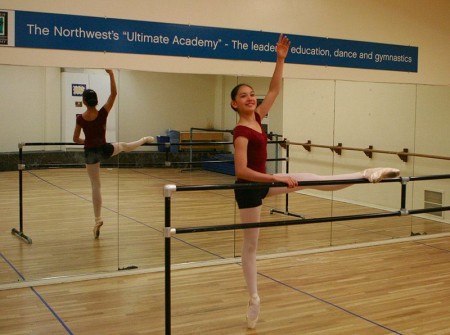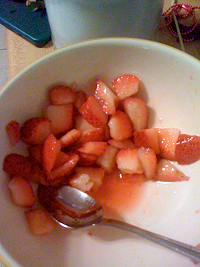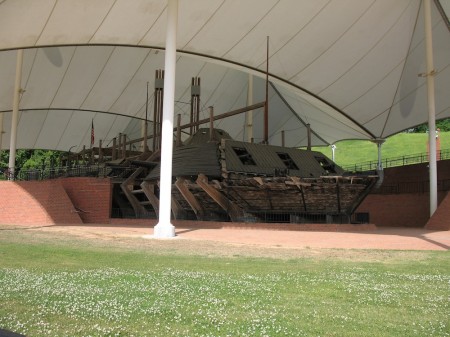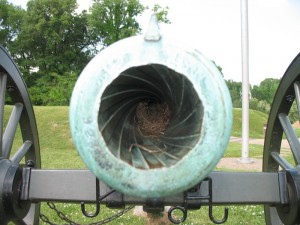
We want students to spend some time in introspection, but it is sometimes difficult to focus and understand what we’re trying to accomplish. The other day I ran across a small mirror, about 10 cm in diameter, sitting in the closet. It was our half hour for Personal World so I handed it to a student who was still trying to settle down and said, “Reflect.”
After the obligatory eye-roll, the student went on with their introspection, twirling the mirror around in their hands. A few days later, the student mention the event in their newsletter article, where it came to the attention of one of our parents, who an Educational Psychologist at a near-by liberal-arts college. She mentioned it to one of her colleagues who’s a social psychologist, and it turns out that there’s a lot of research on the psychological effect of looking into mirrors. In fact, mirrors are an important tool for researchers, but much of the research has found that people are most often negatively affected by mirrors.
social psych has studied extensively the impact of mirrors on people—they increase a state called “objective self awareness” where you become aware of yourself as a social object. It is usually associated with negative affect because it causes us to compare ourselves to our internal standards (and we usually fall short of them). We then make attempts to “escape self-awareness” by doing physical distractions (or even abusing drugs) or by repairing our image by doing good deeds or trying to live up to our standards.

Some of the research is fascinating. Mirrors are extensively used in ballet training, yet Radell et al., (2004) found that ballet dancers performed better after classes in rooms without mirrors. Scheier and others (1981) found that mirrors made people more likely to withdraw from fearful situations.
[A] state of heightened self-awareness can be created when an object in one’s environment, like a mirror, focuses an individuals’ attention on one’s self. This state of self-awareness causes the individual to compare one’s self to ideals presented in the environment. In a ballet class, this could be other students’ performances or a teacher’s demonstration. If the student feels she is not matching the ideal characteristics presented to her, then negative self-evaluation may result. – Radell et al., 2004.
There is some suggestion that heightened self-awareness, though not necessarily attained only through the use of mirrors, does have positive effects, but I’ve barely been able to scratch the surface of the literature.








